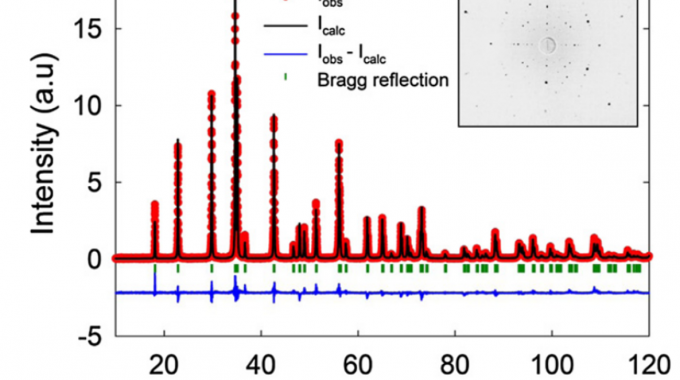
Impact of isoelectronic substitution and hydrostatic pressure on the quantum critical properties of CeRhSi3
Authors: Valenta, T. Naka, M. Diviš, M. Vališka, P. Proschek, K. Vlášková, M. Klicpera, J. Prokleška, J. Custers, and J. Prchal
J. Phys. Condens. Matter 32 (2020) 425601
Abstract: There is an ongoing dispute in the community about the absence of a magnetic quantum critical point (QCP) in the noncentrosymmetric heavy fermion compound CeRhSi3. In order to explore this question we prepared single crystals of CeRh(Si1-x Ge x )3 with x = 0.05 and 0.15 and determined the temperature-pressure (T-p) phase diagram by means of measurements of the electrical resistivity. The substitution of isoelectronic but large Ge enforces a lattice volume increase resulting in a weakening of the Kondo interaction. As a result, the x = 0.05 and x = 0.15 compound exhibit a transition into the antiferromagnetic (AFM) at higher temperatures being T N = 4.7 K and T N1 = 19.7 K, respectively. Application of pressure suppresses T N (T N1) monotonically and pressure induced superconductivity is observed in both Ge-substituted compounds above p ⩾ 2.16 GPa (x = 0.05) and p ⩾ 2.93 GPa (x = 0.15). Extrapolation of T N(p) → 0 of CeRh(Si0.95Ge0.05)3 yields a critical pressure of p c ≈ 3.4 GPa (in CeRh(Si0.85Ge0.15)3 p c ≈ 3.5 GPa) pointing to the presence of an AFM QCP located deep inside the superconducting state.
